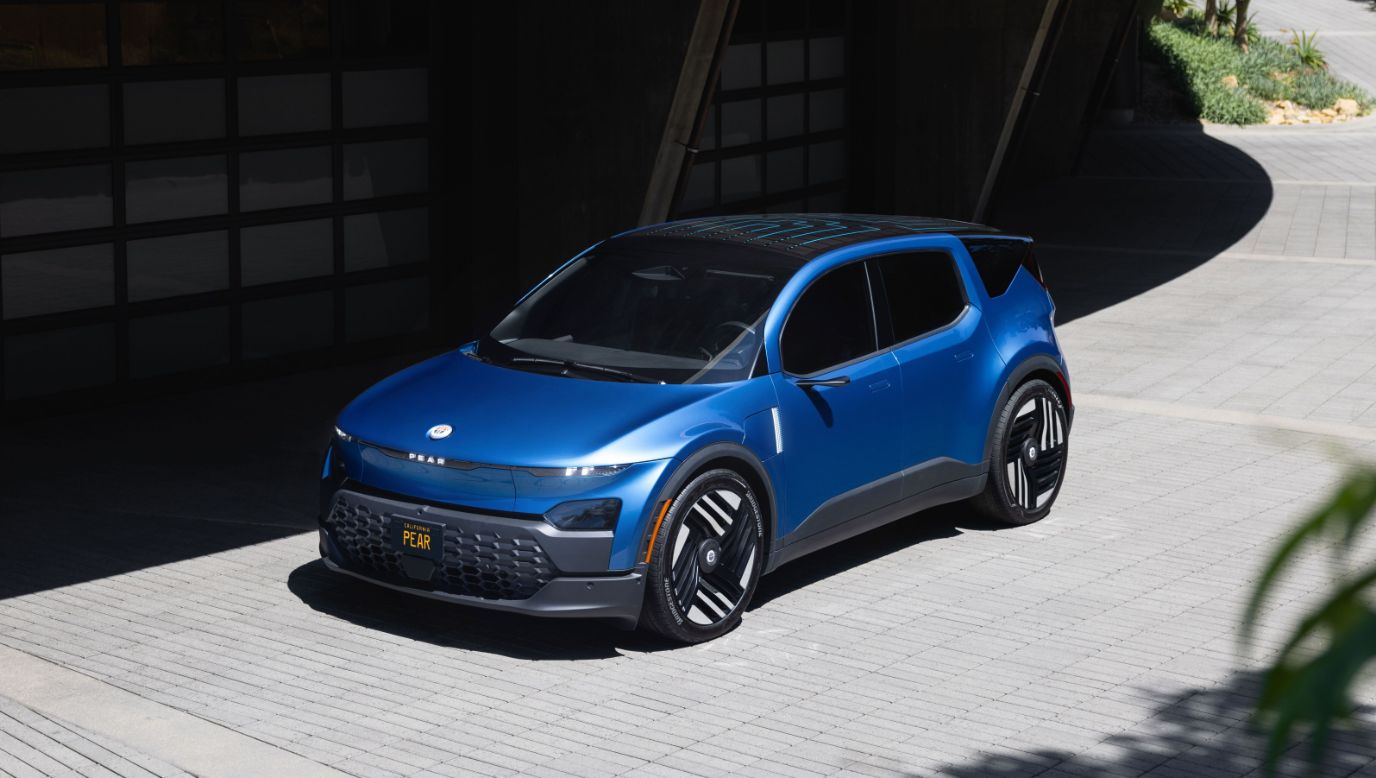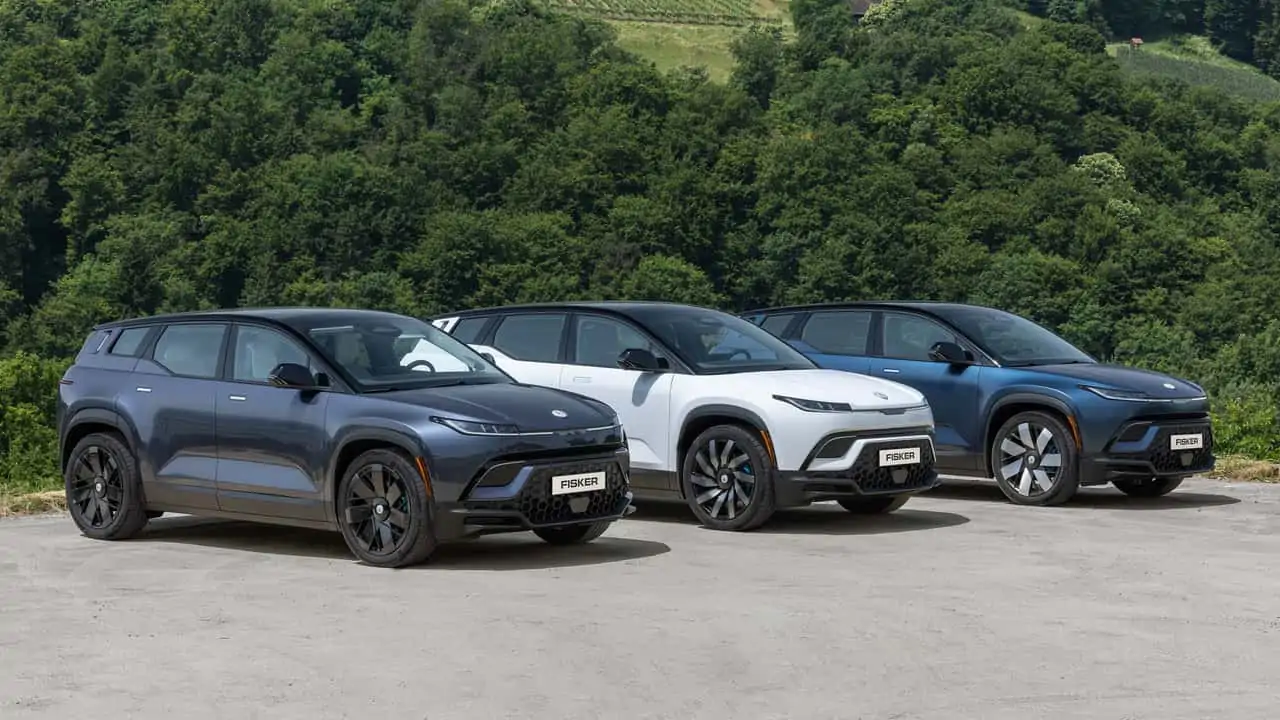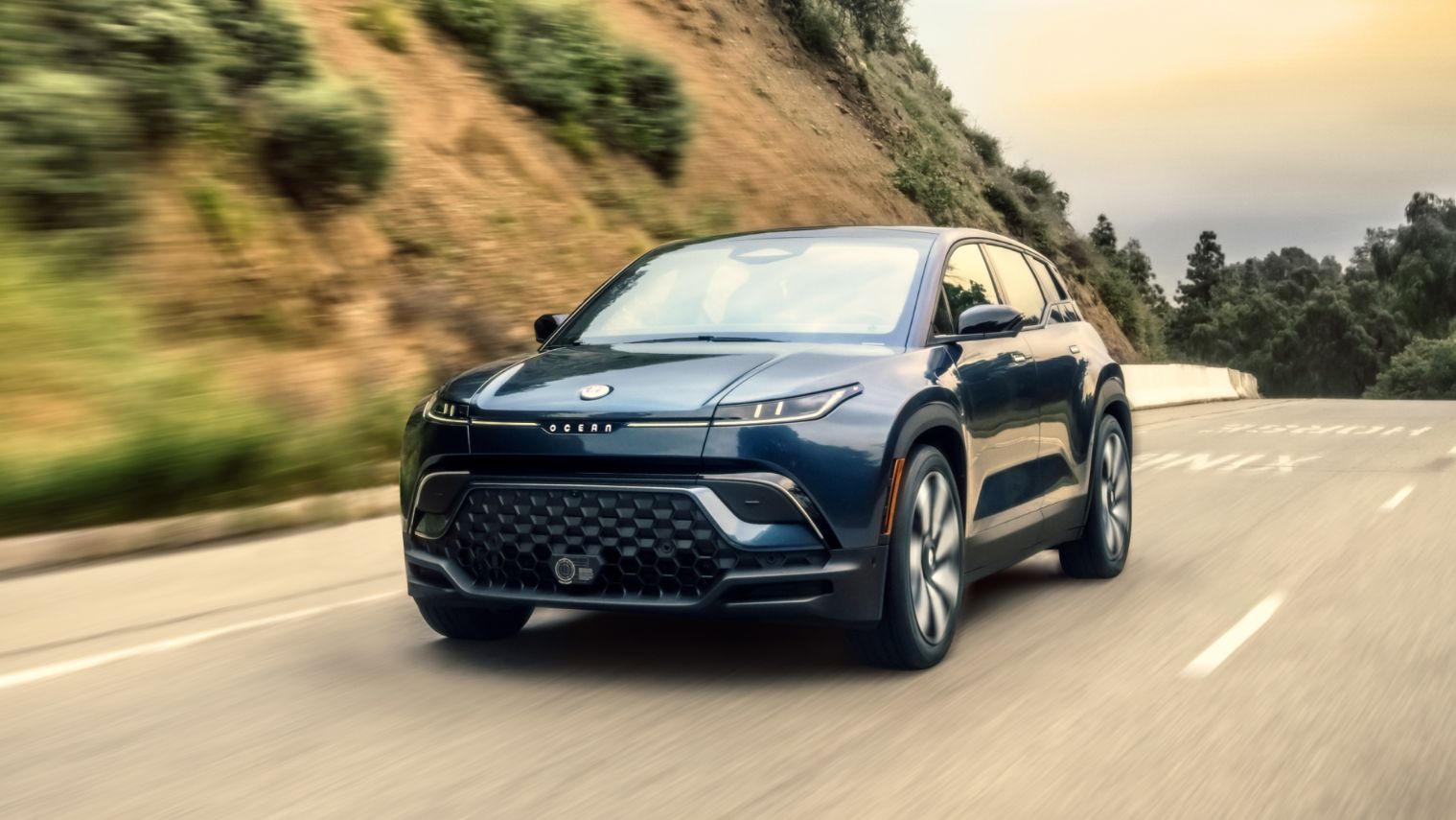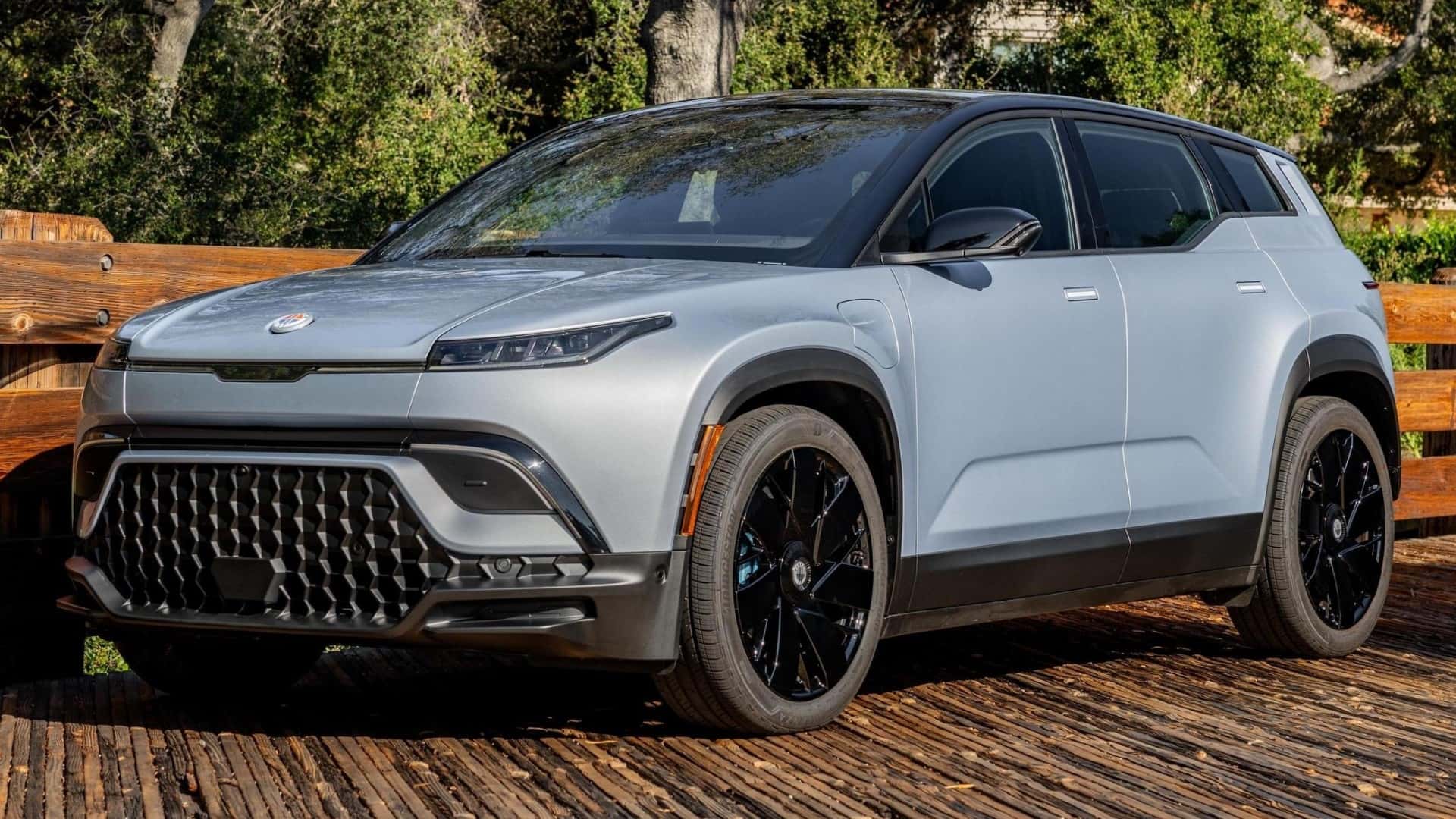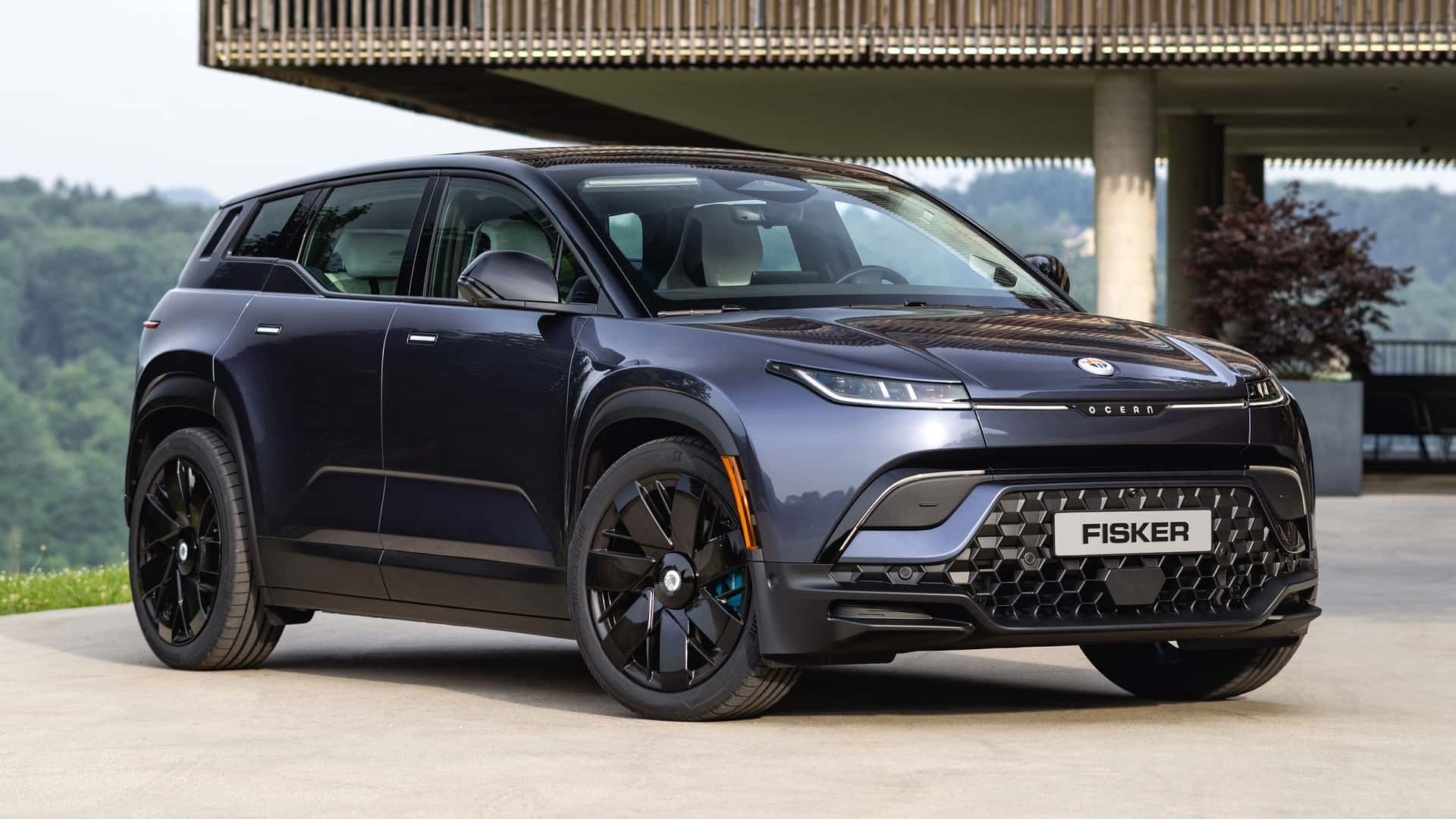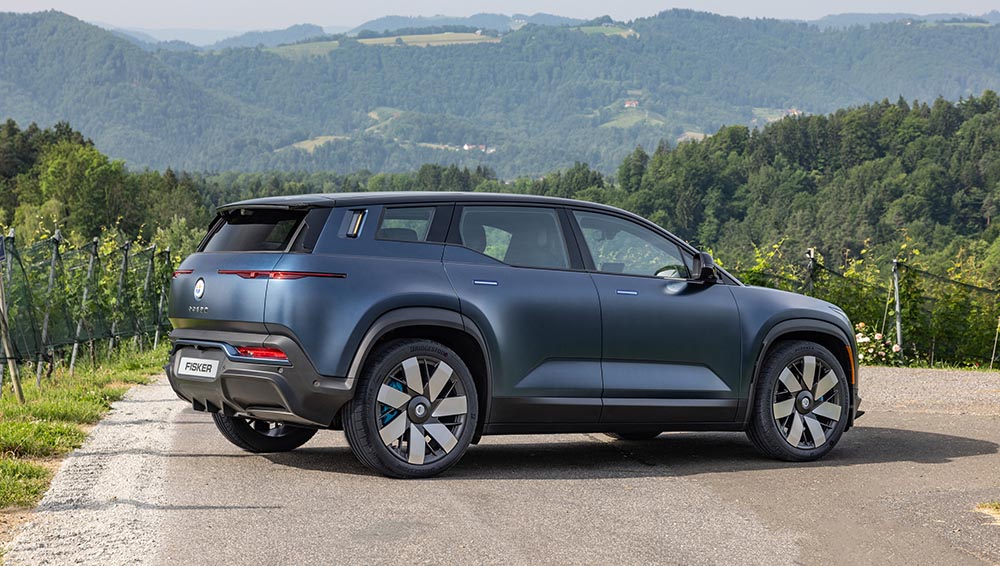The unveiling of the Fisker PEAR earlier this August, alongside the high-end Ronin GT sports car, introduced a new addition to the electric vehicle market. Marketed as a compact SUV tailored for urban living, the PEAR is designed to provide comfort, practicality, and a compact footprint. However, a recent video walkthrough by Electrifying on YouTube sheds light on an interior design that may challenge the practicality mantra.
With its short overhangs, ample storage space, six-seater layout, and features like internal luggage straps and the innovative Houdini trunk lid that seamlessly slides into the body panel, the PEAR appears to be geared toward a utilitarian approach. Yet, a closer examination reveals a divergent path taken by Fisker in terms of the driver’s control scheme.
In a move reminiscent of Tesla, Fisker has shifted a significant portion of the PEAR’s controls to the central infotainment screen, leaving minimal buttons on the driver’s door armrest and the dash behind the left side of the steering wheel, along with two scroll wheels on the steering wheel itself. This absence of a traditional instrument cluster behind the steering wheel implies that essential driving information may also be reliant on the central infotainment screen.
Despite these design choices, the PEAR distinguishes itself in various aspects. Its compact dimensions and minimized overhangs set it apart from many other crossover SUVs. The Houdini trunk, which ingeniously opens by sliding the glass panel into the body panel, proves advantageous in tight parking situations or low-clearance areas. Additionally, the insulated “froot” (front boot) offers a practical storage solution for smaller items.
Fisker proudly announced a 35% reduction in the number of parts within the PEAR at its reveal event, with some of these reductions manifesting in the interior trim and control buttons. While simplifying the vehicle’s construction can lead to enhanced durability, it also prompts debates over the removal of tactile controls, which many find intuitive and less distracting while driving.
Anticipated for launch in 2025 with a price tag expected to be at or below $30,000, the Fisker PEAR, with the added advantage of U.S. EV incentives and North American manufacturing, is poised to make waves in the electric vehicle market, albeit with an unconventional interior control scheme that may provoke mixed reactions.

